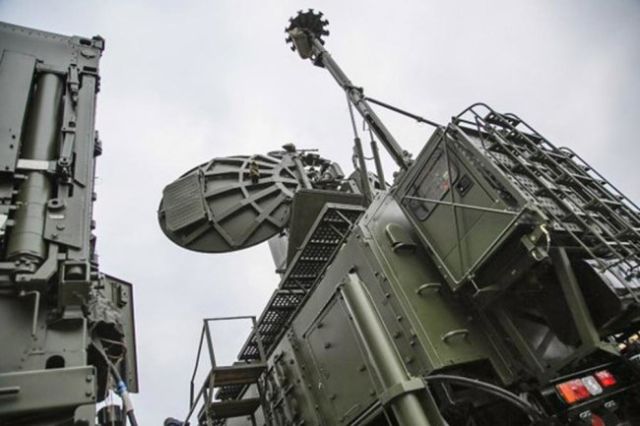Russian electronic warfare systems have proven themselves well during the operation of law enforcement agencies in Kazakhstan. The aerodynamic interference transmitter "Leer-3" and the drone "Orlan-10" left terrorist groups without GSM cellular communication.
According to the Soha publication, the RB-341B Leer-3 complexes and the Orlan unmanned aerial vehicle were spotted by security forces in Almaty and Nur-Sultan. Electronic warfare systems made it possible to identify places where terrorist groups were concentrated, disrupt communication and coordination of extremist detachments.
The publication also noted that for the first time the RB-341B "Leer-3" complex was shown to the general public in 2015 at the exhibition "Innovation Day of the Southern Military District".
It should be noted that "Leer-3" is a whole technological complex with a control machine based on "KamAZ-5350". In addition to communication equipment, there is a catapult for launching Orlan-10 drones. The drone, which has a take-off weight of 18 kilograms and a wingspan of more than three meters, can accelerate from 70 to 130 kilometers per hour, depending on the modification. In the interests of electronic warfare, the drone lifts a payload weighing 2.5 kilograms into the sky.
The aerodynamic throwable interference transmitter to cellular communication terminals "Leer-3" is designed for radio suppression of GSM cellular communication terminals based on imitation of "false" base stations having the highest priority and the highest radiation power. The radius of the cellular blocking zone is about six kilometers, and the flight range of the carrier drone is 200 kilometers.
In addition, the device is capable of sending mass SMS messages, as well as conducting reconnaissance by determining the radiation points of the devices in GSM networks, transmitting data to artillery calculations for firing. The combat crew of the Leer-3 complex includes five people.
Nikolay Grishchenko

